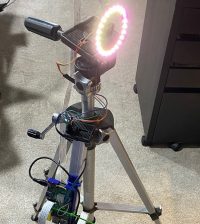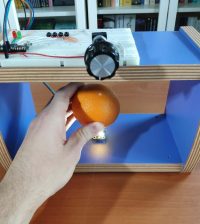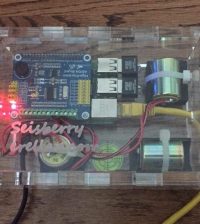- makeITcircular 2024 content launched – Part of Maker Faire Rome 2024Posted 2 weeks ago
- Application For Maker Faire Rome 2024: Deadline June 20thPosted 2 months ago
- Building a 3D Digital Clock with ArduinoPosted 7 months ago
- Creating a controller for Minecraft with realistic body movements using ArduinoPosted 7 months ago
- Snowflake with ArduinoPosted 8 months ago
- Holographic Christmas TreePosted 8 months ago
- Segstick: Build Your Own Self-Balancing Vehicle in Just 2 Days with ArduinoPosted 8 months ago
- ZSWatch: An Open-Source Smartwatch Project Based on the Zephyr Operating SystemPosted 9 months ago
- What is IoT and which devices to usePosted 9 months ago
- Maker Faire Rome Unveils Thrilling “Padel Smash Future” Pavilion for Sports EnthusiastsPosted 10 months ago
Bind MIDI inputs to LED lights using a Raspberry Pi
Controlling lights with MIDI commands
Tentatively titled Py-Lights, Aaron’s project allows users to assign light patterns to MIDI actions, creating a rather lovely blinky light display.
For his example, Aaron connected a MIDI keyboard to a strip of RGB LEDs via a Raspberry Pi that ran his custom Python code.
The program I made lets me bind “actions” (strobe white, flash blue, disable all colors, etc.) to any input and any input type (hold, knob, trigger, etc.). And each action type has a set of parameters that I bind to the input. For example, I have a knob that changes a strobe’s intensity, and another knob that changes its speed.
The program updates each action, pulls its resulting color, and adds them together, then sends that to the LEDs. I’m using
rtmidifor reading the midi device andpigpiofor handling the LED output.
Aaron has updated the Py-Lights GitHub repo for the project to include a handy readme file and a more stable build.
The post Bind MIDI inputs to LED lights using a Raspberry Pi appeared first on Raspberry Pi.















